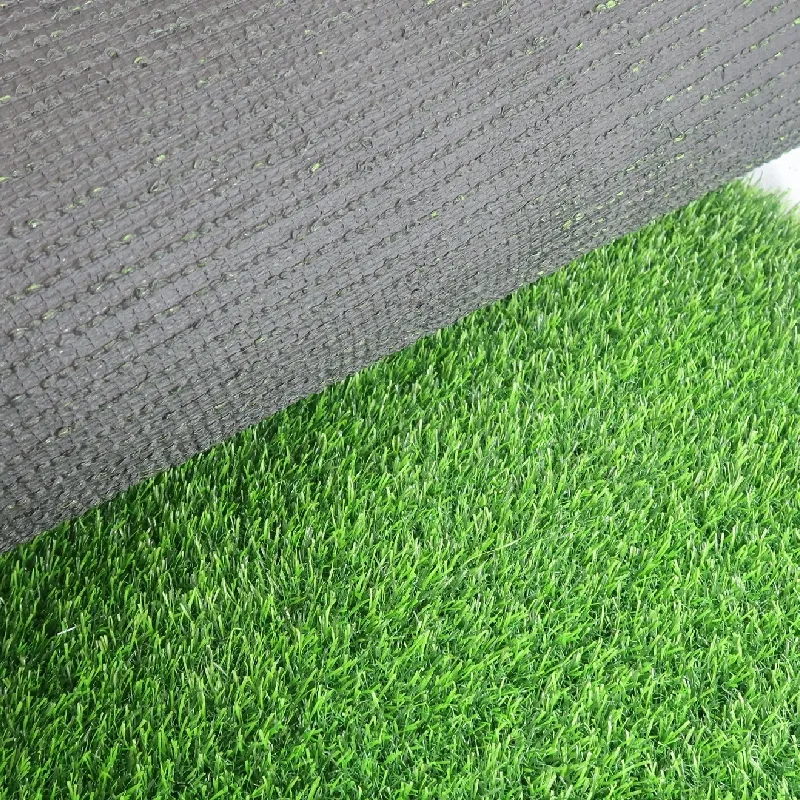
- Afrikaans
- Arabic
- Belarusian
- Bengali
- Czech
- Danish
- Dutch
- English
- Esperanto
- Estonian
- Finnish
- French
- German
- Greek
- Hindi
- Hungarian
- Icelandic
- Indonesian
- irish
- Italian
- Japanese
- kazakh
- Rwandese
- Korean
- Kyrgyz
- Lao
- Latin
- Latvian
- Malay
- Mongolian
- Myanmar
- Norwegian
- Persian
- Polish
- Portuguese
- Romanian
- Russian
- Serbian
- Spanish
- Swedish
- Tagalog
- Tajik
- Thai
- Turkish
- Turkmen
- Ukrainian
- Urdu
- Uighur
- Uzbek
- Vietnamese
Cost Analysis of Installing a Turf Football Field for Schools and Communities
Dec . 10, 2024 10:02 Back to list
The Cost of Turf Football Fields A Comprehensive Overview
As the demand for high-quality sports facilities continues to rise, many schools, colleges, and sports organizations are increasingly turning to turf football fields. These synthetic surfaces offer a range of benefits over traditional grass, including durability, low maintenance, and the ability to withstand varied weather conditions. However, the transition to turf does come with a significant financial investment. This article delves into the various costs associated with installing and maintaining turf football fields, providing a clear understanding for decision-makers.
Initial Installation Costs
The primary cost factor in the development of a turf football field is the installation itself. The price can vary widely depending on several variables, including the quality of the materials used, the size of the field, and the geographical location. On average, the installation of a turf football field can range from $500,000 to $1.5 million.
1. Material Costs The type of turf chosen can greatly affect the overall cost. There are basic turf options, often made from lower-grade materials, which might cost less initially but may require more frequent replacements. Higher-grade turfs, such as those made with polyethylene fibers, offer greater durability and a more natural look and feel; however, they come with a higher price tag.
2. Site Preparation Installing a turf football field requires proper site preparation, which may include grading, drainage systems, and the installation of a shock-absorbing pad. The costs associated with site preparation can add anywhere from $100,000 to $500,000 to the total expenses, depending on the field's condition and location.
3. Installation Labor Labor costs are another crucial aspect of the budget. Skilled labor is essential for the proper installation of synthetic turf. Depending on the region, labor costs can vary significantly, which can contribute tens of thousands of dollars to the overall budget.
Maintenance Costs
Once a turf football field is installed, the expenses don't stop there. While turf fields generally require less maintenance than natural grass, they still incur ongoing costs.
turf football field cost

1. Routine Maintenance Turf fields need regular maintenance to ensure their safety and performance. This includes cleaning, brushing the fibers to maintain an upright position, and inspecting for any signs of wear or damage. On average, annual maintenance can cost between $20,000 and $30,000.
2. Repairs and Refurbishment Over time, even the highest-quality turf can require repairs. Areas that see the most action, such as goal areas, may wear down faster and need replacement or refurbishment. These costs can range significantly, but budgeting for ongoing replacement is wise, potentially reaching $50,000 every few years.
3. Replacement Costs The lifespan of turf can range from 8 to 15 years, depending on frequency of use and maintenance. Eventually, the entire field may need to be replaced, which can again be an investment of $500,000 to $1.5 million.
Additional Considerations
When considering the installation of a turf football field, it’s essential to factor in potential revenue generation. For schools and organizations, hosting events, tournaments, and regular games can provide significant income, helping to offset the initial and ongoing expenses over time.
Moreover, the environmental impact and sustainability of turf fields should also be considered. While turf eliminates the need for pesticides and excessive watering, there are concerns about the disposal of old turf and the use of infill materials, which can be made from rubber derived from recycled tires.
Conclusion
Investing in a turf football field is a significant financial commitment that requires careful consideration and planning. The initial installation costs, combined with ongoing maintenance and eventual replacement fees, mean that organizations must weigh their options wisely. However, the benefits—such as consistent playing conditions and enhanced safety for athletes—make turf fields an attractive option for many sports facilities. By understanding the full range of costs associated with turf football fields, decision-makers can make informed choices that align with their financial and athletic goals.
-
The Benefits of Artificial Turf for Indoors
NewsJul.15,2025
-
How Artificial Grass Suppliers Ensure Quality Products
NewsJul.15,2025
-
Artificial Grass and Pets: A Space for Relaxation
NewsJul.08,2025
-
Balcony & Outdoor Decoration with Artificial Grass
NewsJul.08,2025
-
Best Indoor Artificial Grass for Home
NewsJul.07,2025
-
Best Pet Turf for Dogs: Safe & Durable Artificial Grass Options
NewsJul.07,2025
Products categories









